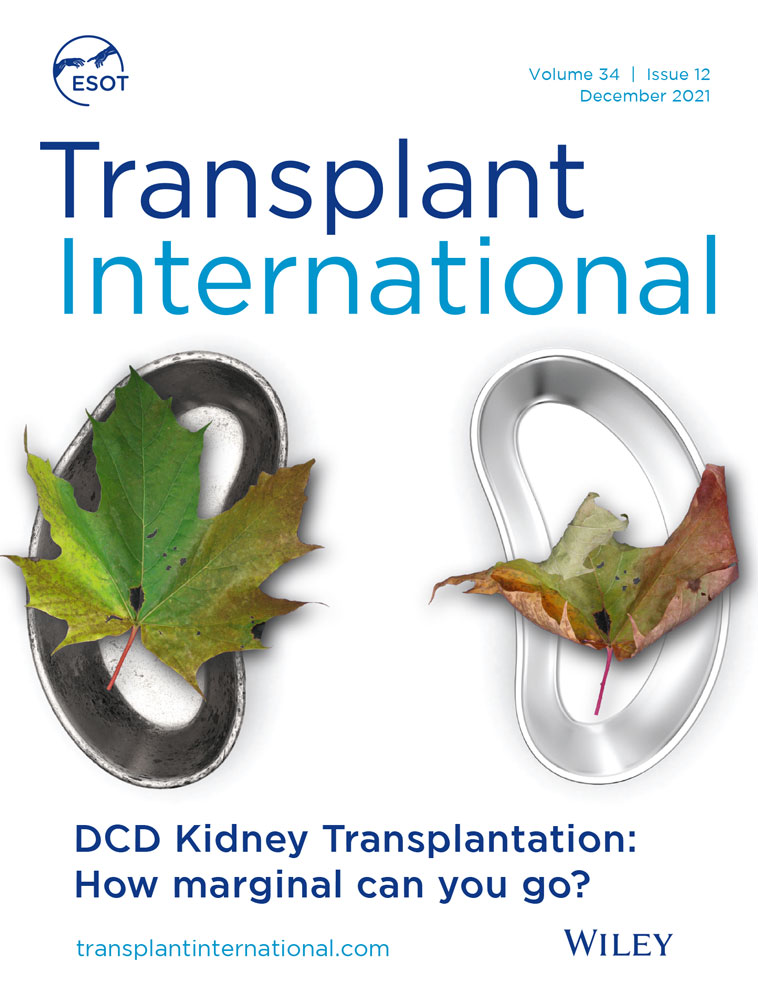Analysis of risk factors following pediatric liver transplantation
Abstract
Abstract Several recipient, donor and operation factors as well as postoperative complications related to patient survival after liver transplantation (LT) in children were studied by univariate and multivariate analyses. In a 13-year period, 103 patients under 15 years of age underwent 120 LT; the mean age was 63 months and 36% were under 2 years of age. Indications for LT were cholestatic disease in 68 (56%), metabolic diseases in 18 (14%), fulminant hepatic failure in 8 (7.5%), cirrhosis in 7 (5.8%), and retransplants in 17 (14%). Whole liver was transplanted in 79% of cases and partial liver in 21 %. Actuarial survival at 1, 5, and 10 years was 70 %, 61 %, and 57 %, respectively. United Network of Organ Sharing (UNOS) I recipients (RR = 2.7), primary non-function (PNF) (RR = 13.9), and hepatic artery thombosis (HAT) (RR = 3.8) were independent factors for lower patient survival in multivariate analysis. Thus, in our experience, postoperative mortality as a consequence of the patient's condition before transplantation, or complications such as PNF or HAT, are the major causes of decreased survival in pediatric LT.




